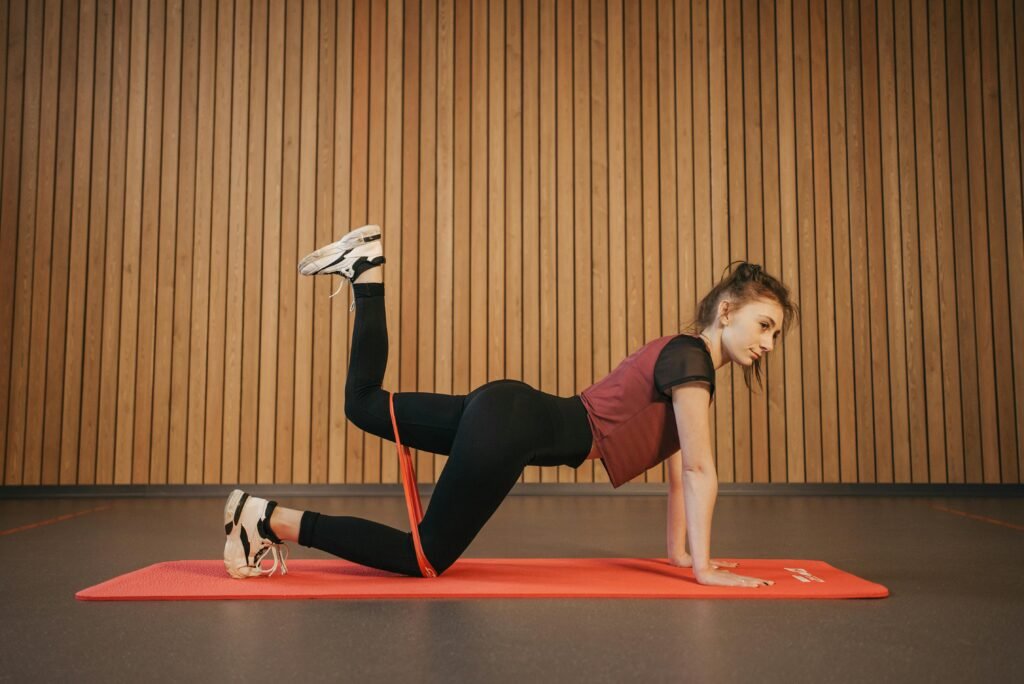Introduction to Dumbbells and Barbells
Dumbbells and barbells are two of the most popular pieces of free weight equipment used in strength training. Both tools have their unique advantages and can be used for a wide range of exercises, from basic lifts like bicep curls and bench presses to more complex movements like deadlifts and squats. However, many fitness enthusiasts often wonder whether one is inherently harder to use than the other. The answer depends on several factors, including the type of exercise, individual skill level, and personal preferences.
Understanding the Differences
- Dumbbells: These are handheld weights with a short handle and weights on each end. They allow for independent movement of each arm, which can increase the engagement of stabilizer muscles. Dumbbells are versatile and can be used for unilateral (one-sided) exercises, which can help correct muscle imbalances.
- Barbells: A barbell is a long bar that can be loaded with weight plates at both ends. It typically requires both arms to lift simultaneously, providing a more stable platform for heavier lifts. Barbells are often used for compound movements that involve multiple muscle groups, such as squats, deadlifts, and bench presses.


Factors That Influence Difficulty
- Stabilization and Balance
- Dumbbells: Since each arm moves independently, dumbbells require more stabilization and balance. This can make exercises feel more challenging, especially for beginners or those with weaker stabilizer muscles. For example, a dumbbell bench press requires more core engagement and shoulder stability compared to a barbell bench press.
- Barbells: Barbells provide a more stable platform, which can make it easier to lift heavier weights. However, this stability also means that any imbalances between your left and right sides may go unnoticed, potentially leading to uneven development over time.
- Range of Motion
- Dumbbells: Dumbbells allow for a greater range of motion in many exercises. This can be beneficial for building flexibility and improving muscle activation, but it also increases the complexity of the movement. For instance, a dumbbell shoulder press allows for a deeper stretch at the bottom of the movement, which can be more challenging for some lifters.
- Barbells: Barbells often limit the range of motion, especially in exercises like the bench press or squat. While this can make the movement feel easier, it may not engage the muscles as fully as with dumbbells.
- Weight Distribution
- Dumbbells: Because you’re lifting two separate weights, dumbbells can be more difficult to control, especially when using heavier loads. This requires more focus on maintaining proper form and balance throughout the movement.
- Barbells: Barbells distribute the weight evenly across both arms, making it easier to control the load. This can allow you to lift heavier weights with less risk of losing balance, but it also means that any weaknesses on one side of your body may be masked by the stronger side.
- Skill Level and Experience
- Beginners: For beginners, dumbbells may initially feel harder to use because they require more coordination and balance. However, they can also be safer for learning proper form, as the weights are lighter and the movements are more controlled.
- Advanced Lifters: Advanced lifters may find barbells more challenging for heavy compound lifts like squats and deadlifts, where the ability to lift heavier weights is crucial for progression. However, dumbbells can still offer unique challenges, especially for unilateral exercises or exercises that target smaller muscle groups.
- Exercise Type
- Unilateral Exercises: Dumbbells are ideal for unilateral exercises (e.g., single-arm rows, single-leg deadlifts), which can be more challenging because they require more balance and coordination. These exercises also help correct muscle imbalances between the two sides of the body.
- Compound Movements: Barbells are generally preferred for compound movements like squats, deadlifts, and bench presses, where the goal is to lift heavier weights. These exercises can be more technically demanding, but they also allow for greater overall strength gains.
How to Choose Between Dumbbells and Barbells
The choice between dumbbells and barbells ultimately depends on your fitness goals, experience level, and personal preferences. Here are some guidelines to help you decide:
- If You Want to Build Muscle and Improve Balance: Dumbbells may be the better option. They engage more stabilizer muscles and allow for a greater range of motion, which can lead to better muscle development and improved coordination.
- If You Want to Lift Heavier Weights: Barbells are generally better for lifting heavier weights, especially for compound movements. If your goal is to build strength and power, barbells can help you progress faster by allowing you to lift more weight in a stable manner.
- If You Have Joint Issues or Injuries: Dumbbells may be a safer option for people with joint issues or previous injuries, as they allow for more natural movement patterns and can reduce the stress on certain joints.
- If You’re a Beginner: Start with dumbbells to learn proper form and build a solid foundation of strength and coordination. Once you feel comfortable, you can gradually introduce barbells into your routine.
Factory directly sell
Wholesale Sports and Fitness Products at a cheap price.Your One-Stop Shop for High-Quality, Affordable Fitness Gear



